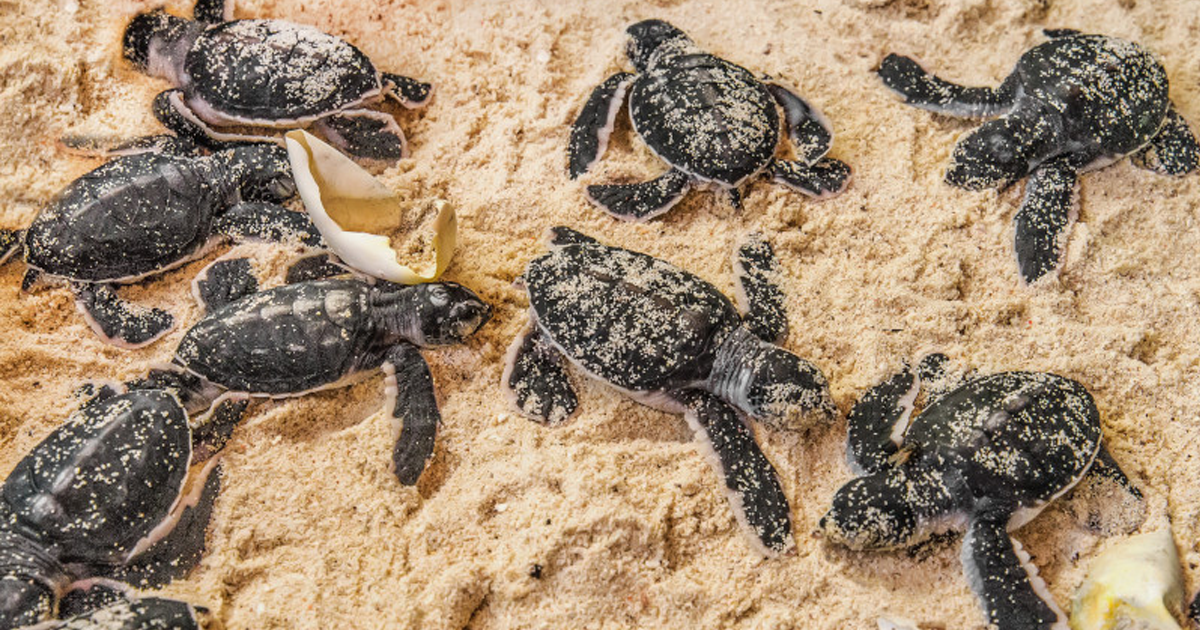Parrot Snakes: A Closer Look at a Vibrant Species
Did you know there are more than 3,000 species of snakes on the planet?
That may not be good news to those who are afraid of snakes, but the fact is that these slithery, scaly creatures play a crucial role in their ecosystems. At Greater Good Charities, we believe that by sharing information about important species like snakes, we can work together to protect the unique biodiversity of our planet.
Parrot Snakes and Global Discovery Expeditions
Last year, Greater Good Charities' Global Discovery Expeditions team visited Rancho El Aquaje, a ranch outside San Pedro in Sonora, Mexico, that became the site of an exciting discovery.
Our team documented some of the northernmost sightings of the leptophis diplotropis, commonly known as the Pacific coast parrot snake. Although these snakes are usually found in more tropical areas, our team was surprised to find five parrot snakes in Sonora. Of these, three were spotted in the same tree.
To locate snakes at night, our scientists venture out in groups, shining their lights into the brush and trees, searching for something that resembles a lime green spaghetti noodle strung across the branches. Once a snake is located, the real challenge begins—safely capturing it for proper identification and photography.
When multiple snakes are found in one location, it suggests that the area is part of their distribution range, not just a random sighting. These discoveries are crucial for researchers and conservationists to understand and protect these important areas. The discovery of this snake so far north is important data to share with conservationists and other scientists as it helps better understand the local ecosystem.
 Parrot snake photo taken on a recent Global Discovery Expedition
Parrot snake photo taken on a recent Global Discovery Expedition
Four Fascinating Facts About Parrot Snakes
- They Are Known as the Green Horsewhip: The parrot snake is referred to as the green horsewhip due to its bright green color, resemblance to parrots, and unique “s” shape.
- They are Tree Dwellers: Parrot snakes live in trees and spend most of their time at low to middle elevations.
- They Sleep at Night: These snakes are active during the day and hide in vegetation at night.
- They Are Not Dangerous to Humans: While parrot snakes produce very weak venom that poses little danger to humans, it is still effective against their prey, typically frogs, insects, or birds.
Other snake photos taken on a recent Global Discovery Expedition
How You Can Help
Snakes are crucial for maintaining biodiversity.
In many ecosystems, they act as both predator and prey, playing a key role in the food web. They are also vital for pest control, as they help protect humans and communities from diseases spread by rodents and other prey species.
Sadly, some snake species are threatened or endangered due to habitat destruction, urban development, and other human activities. Protecting snakes is essential to preserving the delicate ecosystems in which they live.
Through our Global Discovery Expeditions, Greater Good Charities is dedicated to exploring, studying, and protecting key biodiversity hotspots facing imminent threats. By observing and recording living species within an ecosystem, we provide the initial steps in conservation.
You can support this work by donating below and spreading the knowledge on social media.





